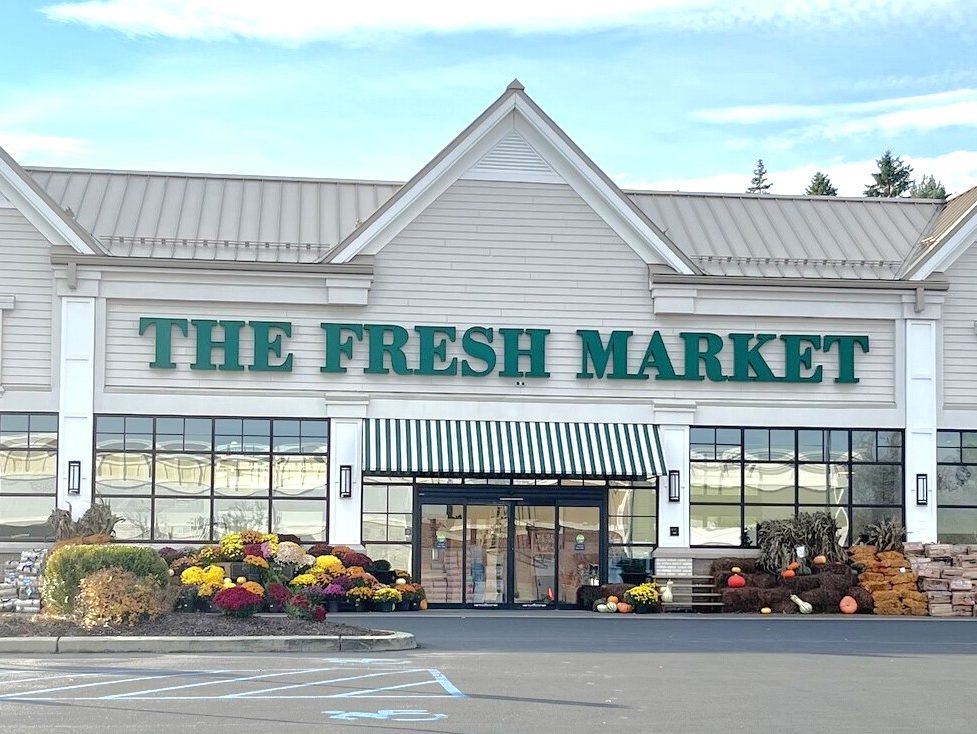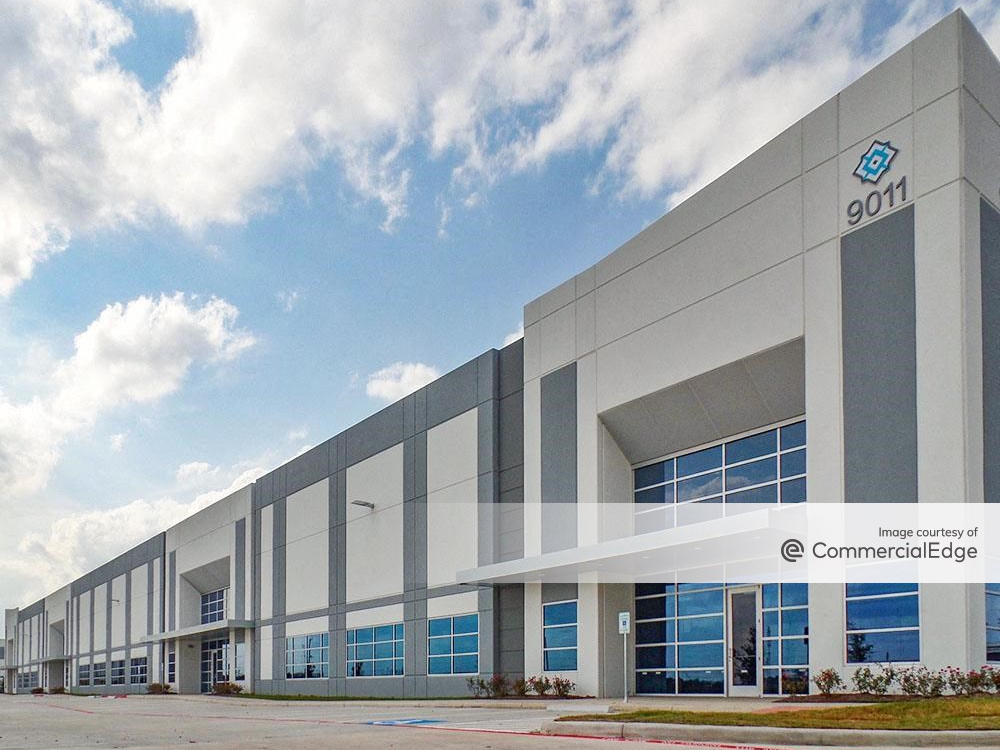The ABCs of Estoppels and SNDAs
Stephen Toohill of Solomon Ward Seidenwurm & Smith on the pitfalls and traps owners can avoid.
Two of the lease provisions that are often negotiated in a commercial lease relate to the obligation of a tenant to provide an estoppel certificate, as well as various issues relating to subordination, non-disturbance and attornment agreements. It’s important to understand issues relating to estoppel certificates, in particular in purchase and sale transactions, as well as both reasons for requesting SNDAs, and typical threshold issues that a property owner/landlord will end up negotiating with a tenant relating to SNDA lender provisions/requirements.
Estoppel Certificates
Estoppel certificates are often straightforward documents where a purchaser of a property and or a lender is attempting to confirm the provisions of a lease, as well as the current status of various issues, including prepayment of rent and any claimed or potential landlord defaults. In a lease context, estoppel certificates are typically not very highly negotiated or controversial. However, an issue for a property owner/landlord to consider is the requirements in a purchase and sale agreement to deliver estoppel certificates to a buyer as part of the purchase and sale transaction. It is particularly important to carefully review estoppel requirements in pre-printed/standard purchase and sale agreement forms.
For example, the language on delivery of estoppel certificates on a commonly used form may be problematic. The form in question requires delivery of completed estoppel certificates from 100 percent of the property’s tenants as a condition to the commencement of the feasibility period under the purchase and sale agreement.
More typically, a negotiated purchase and sale agreement form will provide for delivery of estoppel certificates relatively close to the closing, to ensure that rent payments are current and verify lease status. Also, in a transaction where there are multiple tenants, particularly where there is a tenant or tenants that lease a significant portion of the project, the estoppel certificate requirement should indicate, specifically, which estoppel regarding smaller tenants. Another helpful addition for a property seller is to indicate that the landlord has the right to deliver a landlord estoppel, for any not obtained from a tenant, to meet the estoppel delivery threshold requirement.
Subordination, Non-Disturbance and Attornment Agreements
An SNDA deals with three separate issues. The subordination of a lease to a loan, the agreement of a lender not to terminate the subordinated lien of the lease and the agreement of the tenant to attorn to the successor of the existing landlord. In a commercial lease context, the SNDA provision typically addresses two separate issues relating to a mortgage/deed of trust. The SNDA provision may require that an SNDA be obtained from any existing lender as a condition to execution of the lease, or as a condition subsequent, to be satisfied a short period of time after lease execution. The other SNDA issue, which is typically not as controversial, is the requirement of the tenant to subordinate to a future loan. Often, a property owner/landlord is willing to agree that an SNDA would be required in connection with a future loan on the property.
The SNDA negotiation often becomes a tri-party negotiation among the landlord, tenant and the lender. The SNDA document prepared by a lender will typically indicate that the lender is not responsible for landlord defaults and is not obligated to cure any defaults after taking possession of the property. The tenant pushback on this provision is typically that the successor to the landlord, upon taking possession of the property, should be obligated to cure continuing defaults, such as repair/replacement of HVAC units.
SNDAs are typically more fully negotiated in situations where there is an extensive tenant improvement buildout and, obviously, where the landlord is providing a significant tenant improvement allowance. A lender will usually not want to be responsible to complete tenant improvements when there is landlord loan default, and a tenant will not want to be “locked in” to a lease if the tenant improvements are not completed. A typical negotiated resolution of this issue is indicating that, if the landlord defaults and a lender elects not to complete the tenant improvements, the tenant can terminate the lease.
Issues relating to estoppel certificates and SNDAs in commercial leases and purchase and sale transactions should not create impediments to completing the transaction. However, to avoid that situation, careful review of lease provisions/requirements and requirements in purchase and sale agreements relating to estoppel certificates and SNDAs should avoid unintended surprises/problems.
Stephen Toohill is a partner at Solomon Ward Seidenwurm & Smith LLP.








You must be logged in to post a comment.